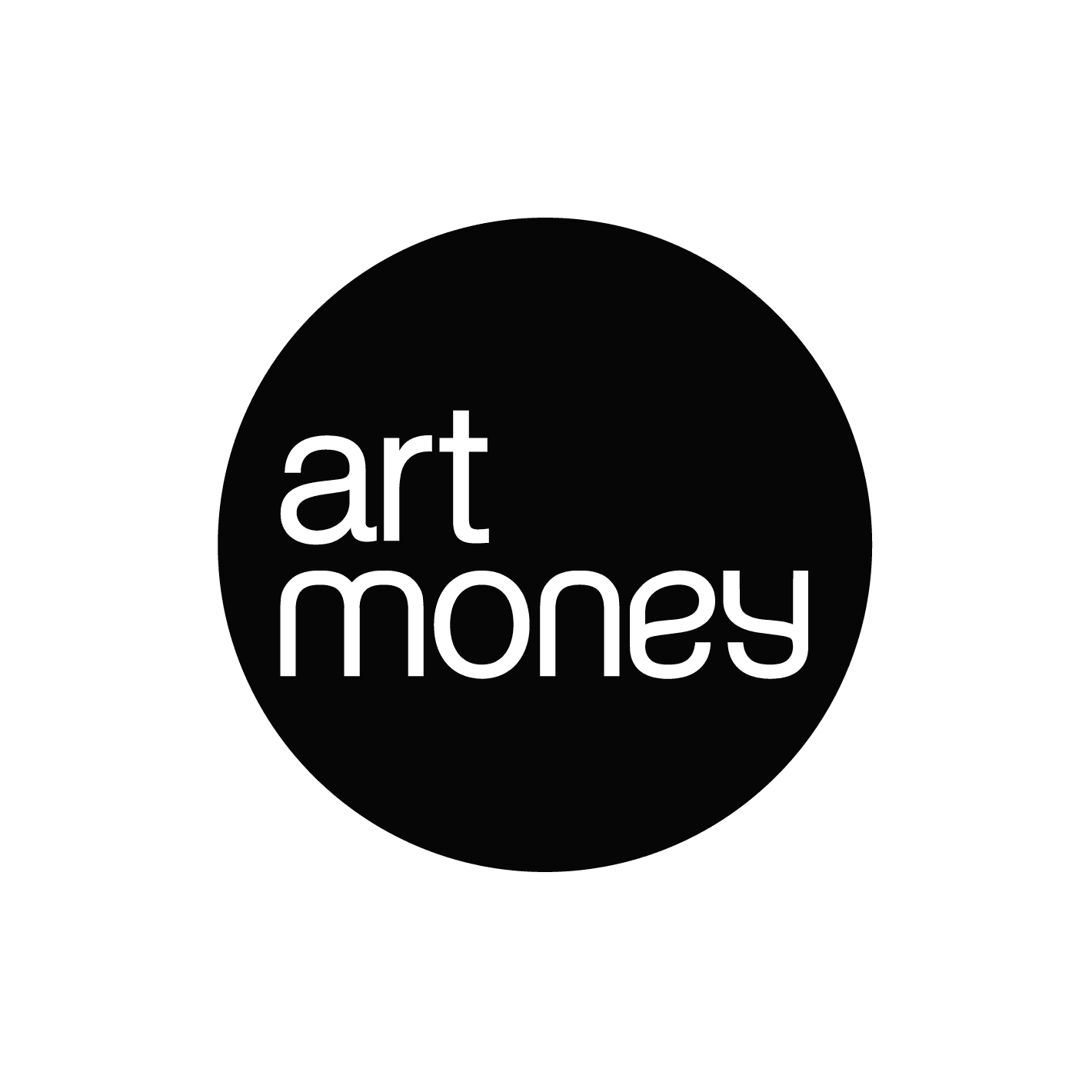Paul Klee (1879–1940), one of the most innovative artists of the 20th century, occupies a unique position in modern art history. His works—marked by their lyrical abstraction, vibrant colours, and childlike whimsy—are at once profound and deceptively simple. Klee's approach to painting was deeply philosophical, intersecting with ideas from art movements, personal introspection, and broader intellectual traditions. This essay explores how Paul Klee’s poetic philosophy of painting reshaped modern art and finds resonance in the ideas of major philosophers and contemporaries.
Art as Poetic Revelation
For Klee, painting was not merely a visual activity but an exploration of the metaphysical. He famously declared, “Art does not reproduce the visible; rather, it makes visible.” This statement reflects his belief that art is a form of revelation, uncovering unseen dimensions of reality. Klee’s work embodies this principle through its ability to evoke emotions, thoughts, and spiritual reflections beyond the surface of the canvas.
Philosopher Martin Heidegger’s concept of aletheia—the process of revealing truth—parallels Klee’s approach to art. Heidegger argued that art discloses truths about human existence and the world in ways that rational discourse cannot. Klee’s paintings, such as Ad Parnassum (1932), with its mosaic-like composition and dreamlike atmosphere, reveal a poetic truth that transcends literal representation. The viewer is invited to experience a harmony of colour, line, and texture, which resonates with the rhythms of nature and the subconscious.
Klee’s Influence on Modern Art
Klee's philosophy of art resonated deeply with the modernist movements of the early 20th century. A member of the Bauhaus School, Klee was a pioneering teacher whose ideas influenced generations of artists. His lessons on form, colour theory, and the spiritual dimensions of art were captured in the influential Pedagogical Sketchbook (1925). In this text, Klee explores the dynamics of lines, planes, and shapes, offering a systematic yet intuitive approach to artistic creation.
Klee’s emphasis on abstraction as a means of expression significantly impacted artists like Wassily Kandinsky, Joan Miró, and later Abstract Expressionists such as Mark Rothko. Kandinsky, Klee’s Bauhaus colleague, shared his belief in the spiritual power of art. Both artists viewed abstraction as a way to transcend the material world and connect with deeper, universal truths.
Joan Miró’s playful and surreal compositions echo Klee’s ability to combine simplicity with profound meaning. Works like Klee’s Twittering Machine (1922) and Miró’s The Tilled Field (1923–24) demonstrate a shared interest in the intersection of humor, whimsy, and the subconscious.
The Philosophical Underpinnings of Klee’s Art
Klee’s work often reflects an engagement with philosophical thought. Friedrich Nietzsche’s ideas, particularly the concept of eternal recurrence and the emphasis on creativity as an affirmation of life, find echoes in Klee’s art. Klee’s cyclical and organic motifs—seen in works like Garden of the Villa (1922)—suggest an endless renewal, a celebration of life’s continuity.
Additionally, Klee’s art can be interpreted through the lens of Henri Bergson’s philosophy of time and intuition. Bergson argued for the importance of experiencing the world through intuition rather than purely analytical reasoning. Klee’s fluid lines and shifting perspectives create a sense of motion and transformation, inviting the viewer to engage with the artwork intuitively.
Klee and the Poetic Act of Creation
Klee’s approach to painting was deeply poetic, combining technical precision with imaginative spontaneity. This duality mirrors Paul Valéry’s description of poetry as the meeting of “intellect” and “inspiration.” Klee’s works, like Senecio (1922), demonstrate a balance between structure and improvisation, where every line and colour feels both deliberate and instinctive.
Gilles Deleuze and Félix Guattari’s concept of the “rhizome” is another useful framework for understanding Klee’s art. The rhizome, a non-hierarchical and interconnected system, parallels Klee’s organic and networked compositions. In works like Highways and Byways (1929), Klee constructs visual ecosystems where elements grow, interact, and evolve in unexpected ways.
The Legacy of Paul Klee
Klee’s enduring influence on modern art lies in his ability to blend philosophy, music, and poetry into a singular visual language. His works continue to inspire contemporary artists who seek to explore the intersection of abstraction and meaning. At Aleph Contemporary, Klee’s legacy resonates in our commitment to supporting artists who challenge traditional boundaries and create art that speaks to the human condition.
Klee’s insistence on the primacy of the creative act over commercial or utilitarian considerations aligns with the ethos of Aleph Contemporary. His work reminds us that art is a space for freedom, exploration, and connection—a sentiment echoed by Paula Rego’s assertion that “art is the only place you can do what you like.”
Conclusion
Paul Klee’s philosophy of painting reshaped modern art by elevating it to a form of poetic inquiry. His works invite us to look beyond the visible, challenging us to engage with the deeper rhythms and truths of existence. Rooted in a rich interplay of abstraction, philosophy, and spirituality, Klee’s art remains a testament to the transformative power of creativity. His work continues to illuminate new ways of seeing, thinking, and being.
